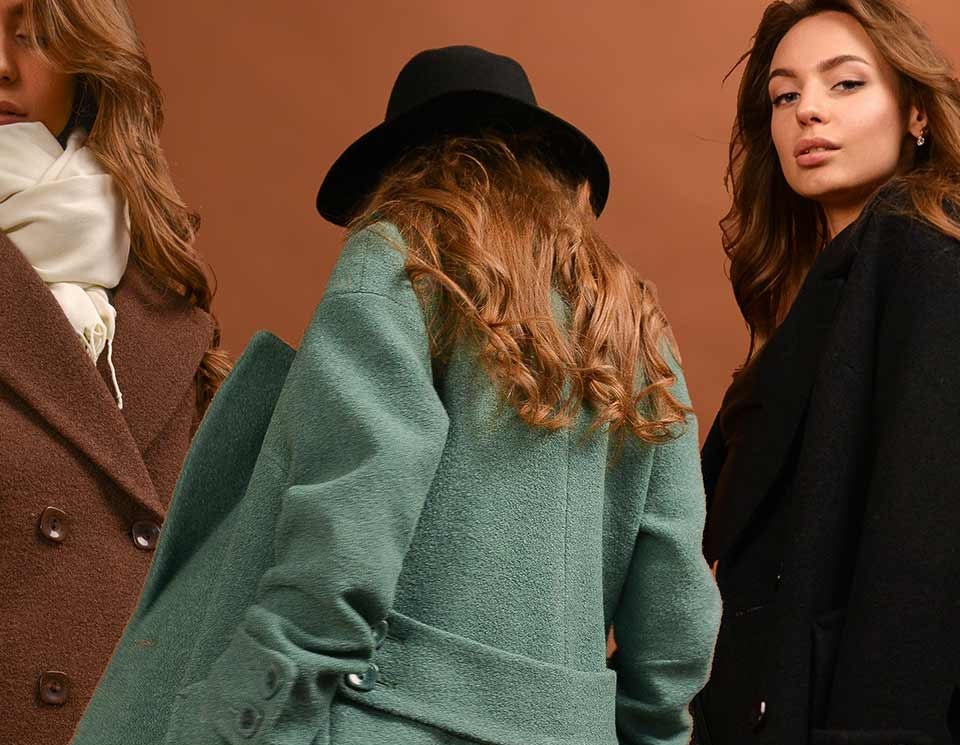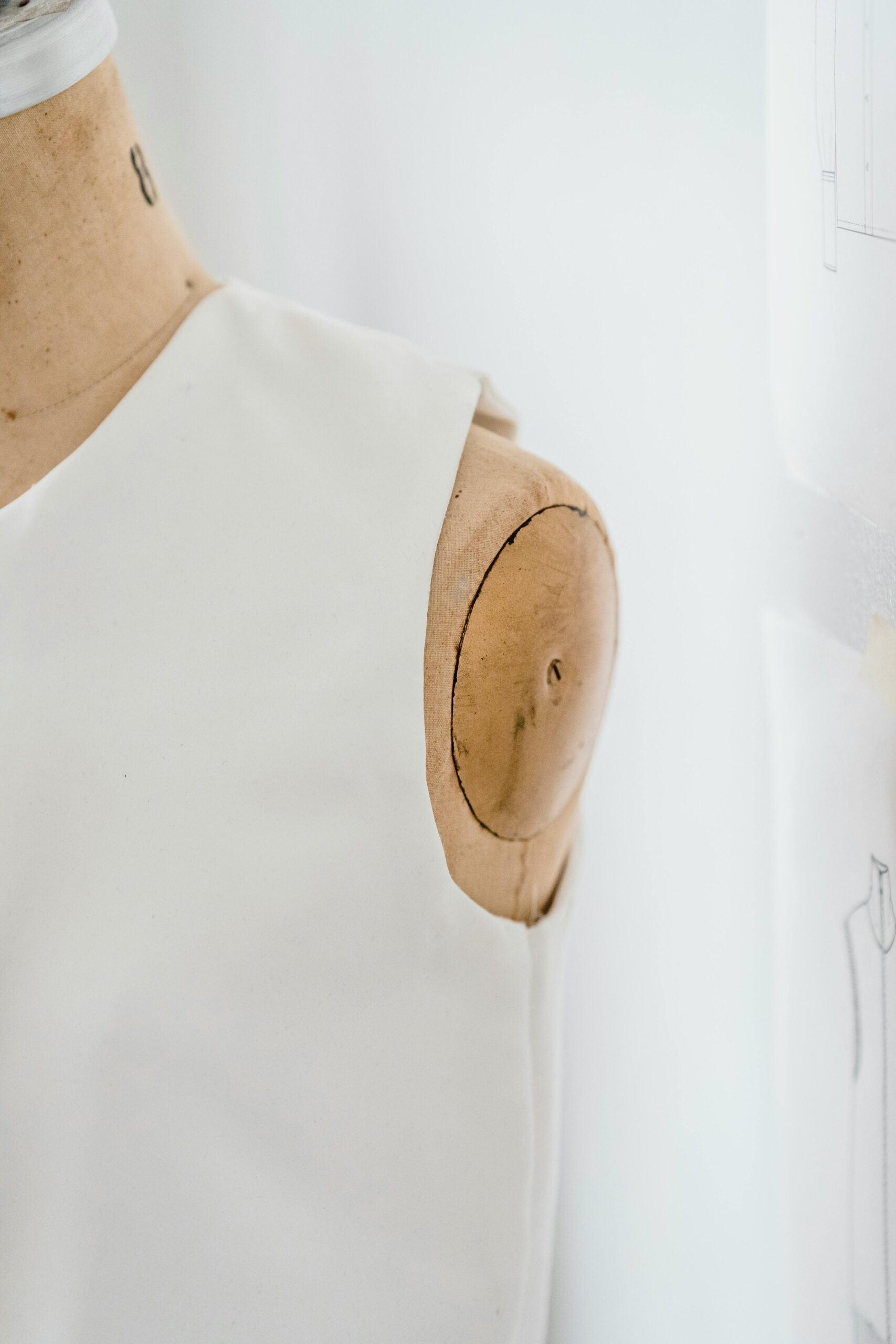At one time, “eco-conscious fashion” meant stiff hemp shirts, earthy tones, and compromises on style. Not anymore.
In 2025, sustainability will no longer be a side project—it will be the main event. And the best part? It’s not just ethical; it’s effortlessly hot. From deconstructed denim jackets made of post-consumer waste to luxury vegan leather corsets, the eco-movement in fashion has officially gone from fringe to fiercely desirable.
Welcome to the new era: sustainable is the new sexy.
Gen Z’s Love Affair with Conscious Cool
Let’s start with the obvious: Gen Z is not buying fashion like previous generations did. With climate anxiety and anti-consumerism shaping their values, this generation demands more from brands than just a good fit.
But make no mistake—they’re not willing to compromise on aesthetics either.
“Being eco-conscious isn’t about looking boring anymore,” says stylist and TikTok fashion analyst Marley Vint. “It’s about flexing intelligence, taste, and purpose simultaneously. When I wear a Deadwood leather jacket made from reclaimed hides, I’m not just making a style statement—I’m making a values statement too.”
The Labels Leading the Charge
Several brands have emerged—or evolved—as powerhouses in this aesthetic-meets-ethics space. These aren’t niche designers hoping to be taken seriously. They’re setting the bar for what luxury and streetwear can look like in 2025.
-
PANGAIA: The tech-driven collective is creating minimalist essentials from seaweed fiber, wildflowers, and recycled cotton, all dyed with botanical pigments. But what stands out is their carbon-negative mission—a flex that even the biggest luxury houses are still trying to figure out.
-
Stella McCartney, long the poster girl for sustainable luxury, continues to innovate with Mylo™, a mushroom-based leather alternative that looks and feels like calfskin but comes from lab-grown mycelium. “Sustainability should never be an afterthought,” McCartney recently said at the Copenhagen Fashion Summit. “It should be baked into beauty.”
-
Collina Strada, the Brooklyn-based label known for its radical creativity, redefines what “cool” looks like. With chaotic prints, genderless silhouettes, and a proudly transparent supply chain, founder Hillary Taymour isn’t trying to greenwash—she’s rewriting the playbook.
-
Deadwood, the Stockholm-born brand, makes sharp, contemporary leather pieces from recycled vintage garments. Their jackets, biker pants, and corsets aren’t just timeless—they’re zero-waste icons.
Sexy is in the Storytelling
The shift isn’t just in materials—it’s in the narrative.
Today’s most desirable pieces come with a backstory. Where was it made? Who made it? Was water saved? Was waste avoided? These aren’t afterthoughts—they’re part of the design language.
“There’s eroticism in knowing your dress didn’t hurt the planet,” says Isabel Neri, creative director of Paris-based eco-label NEONATURE. “You’re not just wearing a silhouette. You’re wearing consciousness.”
Designers are getting creative, too: QR codes on garment tags lead to videos showing the piece’s life from fiber to final cut. Some even list CO₂ offset stats or biodegradability timelines. Transparency, literally and figuratively, is part of the new allure.
Streetwear Gets Greener (and Hotter)
Streetwear, long associated with drop culture and hype-fueled overconsumption, is also entering its sustainable era—and doing it with style.
Brands like Pangaia Lab, No Faith Studios, and Ahluwalia are infusing their collections with upcycled fabrics, regenerative dyes, and AI-driven design systems that reduce material waste. Even Nike and Adidas are revisiting production lines with bio-based and circular economy principles.
What’s hot now? Recycled nylon windbreakers. Compostable cargo pants. Puffer jackets are filled with wildflowers instead of goose feathers. And sneakers crafted from pineapple leather and algae foam.
The new streetwear isn’t just about flex—it’s about footprint.
Influencers Turned Advocates
Sustainability’s glow-up wouldn’t be complete without the influencer shift. Many style creators embrace slow fashion, capsule wardrobes, and digital fashion activism.
Instagram fashionistas are styling one jacket ten ways instead of ten jackets once. TikTok creators are building “eco-closets” and thrift-flipping old designer garments into new showpieces.
“Now, when I walk into Fashion Week in a reworked Comme des Garçons coat that used to be a tablecloth? That’s what gets the cameras clicking,” laughs model-turned-eco-activist Leila Knox.
The Sexy Side of Science
Let’s not forget the science behind the seduction.
From algae-based silk to self-healing fabrics and color-changing organic pigments, the bio-tech boom in fashion is unlocking a new sensuality. Imagine garments that respond to sunlight, breathe with your skin, or melt into compost when you’re done.
Even in the luxury world, LVMH and Kering invest heavily in biodesign labs, sustainable incubators, and materials innovation. In other words, eco is becoming elite.
And unlike fast fashion’s toxic turnover, these pieces are designed to last—not just physically but emotionally. They tell a deeper story—one that’s worth wearing.
Final Thought: It’s Not a Trend—It’s a Transformation
Yes, sustainability is sexy right now. But this isn’t just a passing trend—it’s a paradigm shift.
The rules have changed for Gen Z, designers, stylists, and shoppers. Looking good no longer means being blind to how something was made. On the contrary, the more you know, the hotter it gets.
So next time someone asks, “Who are you wearing?” — don’t just say the brand.
Say the story.








